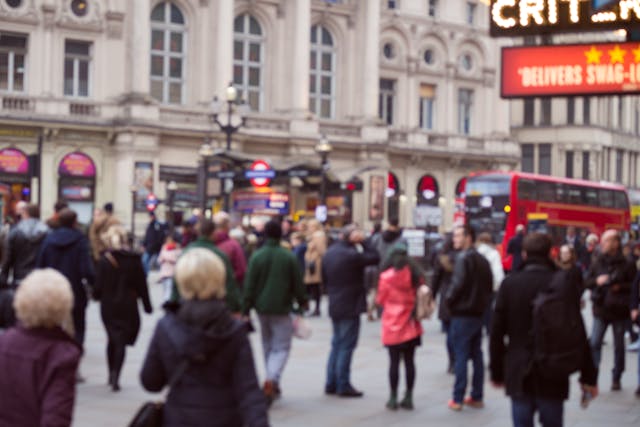
Why does the bystander effect happen? The bystander effect happens because in a group of people, everybody assumes that somebody else will be the one to act.
There are many examples of the bystander effect. It has been given that name because when something happens, people just stand by and nobody acts. This can happen in small groups and it can happen on a nationwide level. The most famous example of the bystander effect was the murder of Kitty Genovese in 1964. In fact, the idea of the bystander effect came about because of research into the murder and it is also sometimes called Genovese syndrome.
The story of Kitty Genovese’s murder is that she was attacked, raped, and murdered by a man caked Winston Mosley. He saw her coming home from a bar, followed her, and stabbed her with a hunting knife. He left, then came back to rape her and stab her again. The two attacks lasted over half an hour and she was found by her friend who called an ambulance. Kitty died on the way to the hospital. This murder became famous because a New York Times reporter wrote about the story. He said that 38 people had watched Kitty be murdered from their windows, ignored her calls for help, and not phoned the police. It turned out, after the reporter’s death, that most of the people either couldn’t see her, didn’t know it was an attack, or actually did phone the police. Still, the incident is where the idea for the bystander effect came from. All of these people supposedly watched the murder, all of them thinking someone else would act.
There are several other examples of the bystander effect, which you can find if you google them. And there have been a number of experiments performed which demonstrate the effect. Two of these are quite interesting and partly explain the phenomenon. The first was performed at a university. Students were persuaded to come to a room under the pretense of filling out a questionnaire and were put in a room of other students. While the students were there, thick smoke was pumped under the door. Unbeknownst to them, all of the other students were actors. If there was only one student in the room, they almost always found a member of staff to tell about the smoke. If there were a group of students and the other students didn’t react, the student being tested would almost always ignore the smoke as well.
The second experiment involved a woman who was being attacked. She shouted out “Get away from me! I don’t know you!” or “Get away from me! I don’t know why I married you!” More people came to help her when she shouted “I don’t know you” than when she shouted “I don’t know why I married you”.
The bystander effect happens for these reasons. Firstly, as social animals, we are always monitoring the reactions of the people around us to know how we should react. People laugh more at a comedy show than they do watching the same comedy at home because we see other people laughing and we want to react in the same way. When the room fills with smoke in the experiment, we look at the other people to see how they are reacting and we take our cues from that. If they don’t react, we often don’t react. We trust the group’s reaction over our own. This is called pluralistic ignorance, where we think other people in a group think differently to the way we do and we change our way of thinking.
The second problem is whether or not we understand the situation. Experiments show that people are far more likely to intervene if they understand the situation and there is no ambiguity. Social embarrassment is a huge factor and people don’t want to stand out of the crowd and look foolish by trying to intervene in a situation that ends up being innocent.
The general idea is that we hold back to see if anyone else acts and, if they do, we act too. The problem comes because everyone is holding back and waiting for that one person who will act. However, studies of CCTV footage from multiple countries has shown that the bystander effect is actually less common than people think. In many crowds, there are people who will be that first person to act. The more people you have in a crowd the more possibility you will have that people won’t act, but you also have a larger number of people and there will probably be more of those initiators in that group. People generally do act, they do help. And this is what I learned today.
Sources
https://psychcentral.com/health/bystander-effect#why-it-happens
https://listverse.com/2009/11/02/10-notorious-cases-of-the-bystander-effect
https://en.wikipedia.org/wiki/Murder_of_Kitty_Genovese
https://en.wikipedia.org/wiki/Bystander_effect
Photo by Dom J: https://www.pexels.com/photo/people-waiting-for-bus-303315/
